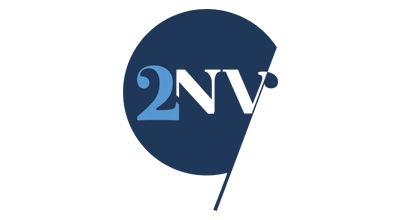2024 and a different look at AI
By: Luis Alejandro Nieto
Although OpenAI launched its ChatGPT application in October 2022, it was not until early 2023 that generative artificial intelligence burst onto the international agenda with the news of the rapid massification of these models thanks to their wide usefulness, since almost anyone can use them for writing text, composing music, creating digital art, analyzing data, among many other applications.
Since then, this development, as well as its updates, competitors, similar technologies and analysis of potential threats to the labor market, became a real topical topic, as relevant as inflation itself, unemployment, interest rates or the fluctuation of the price of the dollar.
Not in vain, and to the surprise of many, artificial intelligence was one of the characters of 2023 for several media around the world. However, it is timely to really analyze what the immediate outcome of the market could be and what awaits us, at least for the start of 2024.
The first thing is that this innovation has already been consolidated as one more area of the powers to achieve world supremacy, so crucial with oil, maritime routes or geography. This was evidenced by the iconic lawsuit filed by the newspaper, The New York Times, at the end of last year when it sued OpenAI and Microsoft, owners of ChatGPT and Copilot, respectively, for violating their copyrights.
On the other hand, and perhaps, to demystify a little the fears related to the threat of AI to end jobs, it is worth noting that, although the level of learning of these tools is considerably rapid, there is a graduality in their implementation when applying it to the business world; and that for years, without even knowing it, artificial intelligence has already been a reality in our lives, without this having led to an employability crisis.
Equipment as everyday as virtual assistants on our phones and homes, which not only answer our questions but also control smart devices; autonomous vehicles, which use complex AI algorithms to safely navigate the streets; or the personal data forms in public service companies, which are filled out automatically by simply scanning the ID, are some harmonious examples of coexistence with artificial intelligence.
Additionally, it is important to consider that a large part of the products that generative AI continues to produce, even in its paid versions, continue to require human curation (Human in the loop) to verify that their results are 100% reliable, which returns and reinforces the gradualness in its implementation to current labor markets.
In that sense, at 2NV, as a Colombian company specialized in the implementation of technological transformation models within companies from different sectors in the region, we believe that generative artificial intelligence is accelerating the way in which organizations approach digital transformation, providing new opportunities to optimize processes, enhance user creativity and free employees from monotonous tasks.
For all this, it is important to maintain focus on the use of secure solutions and the guarantee of the confidentiality of the information, since they are key elements in this process. With ZAThinker, for example, which is our own development, it is demonstrated how generative AI can boost the efficiency and productivity of companies.






